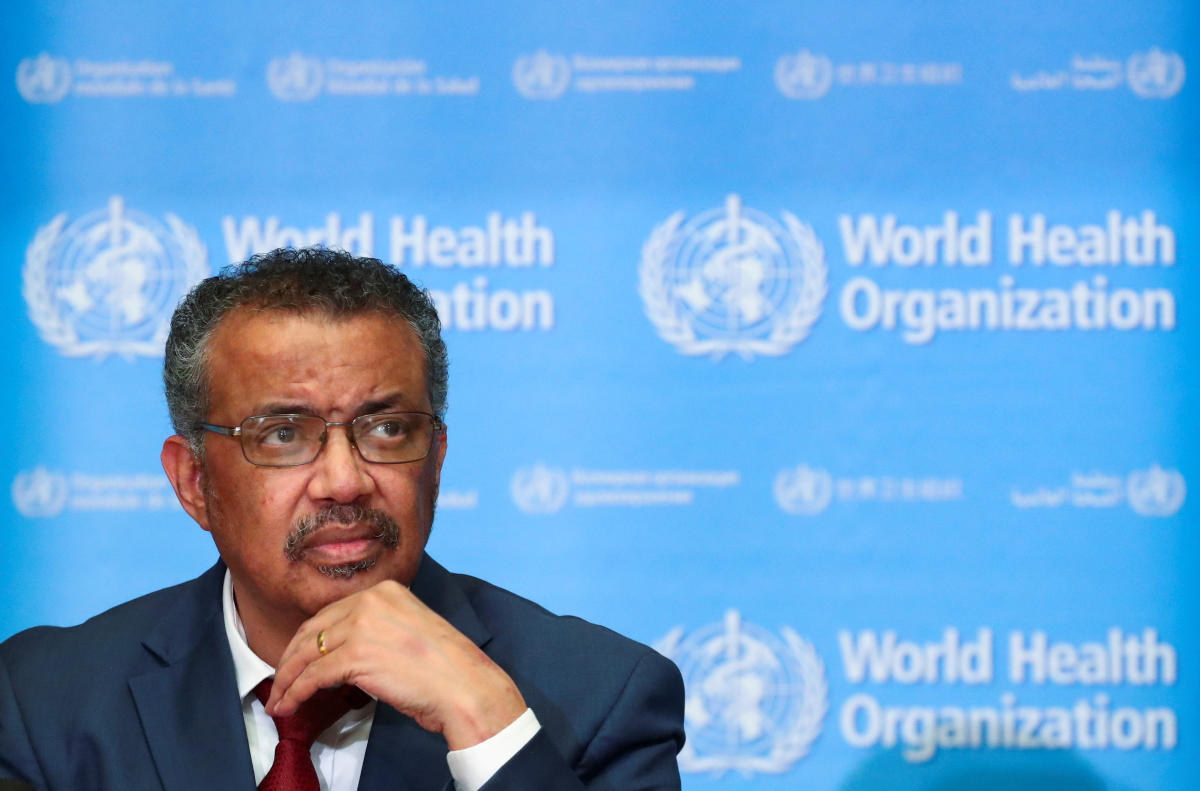Published
4 years agoon
By
Adubianews
China has managed to eradicate malaria, after 70 years of trying to suppress the disease, transmitted by mosquitoes and which kills hundreds of thousands of people every year, announced today the World Health Organization (WHO).
The country, which had 30 million cases annually in the 1940s, has not registered a single local case in the last four years.
This disease, transmitted by the Anopheles mosquito, killed more than 400,000 people in 2019, mainly in Africa.
“We congratulate the Chinese people for ridding the country of malaria,” said WHO Director-General Tedros Adhanom Ghebreyesus.
“China joins the growing number of countries showing that a future without malaria is possible”, said the official, who attributed the Chinese success to “decades of focused and sustained action.”
Countries that have recorded three consecutive years of no local transmission can apply for WHO certification that validates their malaria-free nation status.
The certification application must be accompanied with evidence of the results and demonstrate the ability to prevent any further transmission.
China is the 40th territory to obtain this validation from the UN agency. The latest were El Salvador (2021), Algeria and Argentina (2019) and Paraguay and Uzbekistan (2018).
China is the first country in the Western Pacific region, in the WHO nomenclature, to receive this certification in more than 30 years. Only three countries in that region have so far received certification: Australia (1981), Singapore (1982) and Brunei (1987).
In the 2020 report on malaria, the WHO found that advances in the fight against the disease have stagnated, especially in African countries, which have the highest rates of infection and death. After a steady decline since 2000, when the disease caused 736,000 deaths, the death toll rose to 411,000 in 2018, and 409,000 in 2019. More than 90% of deaths occurred in Africa and were mostly children (265 thousand) . In 2019, there were 229 million cases of malaria, a level that has been maintained for four years.
Beijing began in the 1950s to identify where there were cases of malaria and fight it with preventive anti-malarial treatments, noted the WHO.
The country has also eliminated areas favourable to mosquito breeding and increased the use of insecticides in homes.
In 1967, China launched a scientific program to find new treatments, which led to the discovery, in the 1970s, of artemisinin, the main medicine against the disease, extracted from a plant.
The number of cases dropped to 117,000 by the end of 1990, and deaths were reduced by 95%. Additional efforts, carried out in 2003, made it possible to reduce to around 5,000 contaminations per year, in ten years.
“China’s ability to venture off the traditional path has been successful in its fight against malaria and has also had an important domino effect globally,” said WHO’s global malaria program director, Pedro Alonso.
After four years without local contamination, Beijing applied for certification in 2020.


NPP must be strategic in choosing 2028 flagbearer – Pius Hadzide [Video]


107 out of 316 suspected Covid-19: cases confirmed, no hospitalisation – Health Minister


My childhood dream was to be an architect – Diana Hamilton


Positive outlook for cedi despite losing some stability last week; year-to-date gain now 21.7%


Agric Minister Eric Opoku Secures FAO Support to Intensify Agricultural Modification Agenda


Accra decongestion exercise cuts solid waste by 14.4 tonnes


Francis Dadzie Celebrated For Shaping Ghana’s Advertising Industry


Prof Gyampo repudiate recruitment allegations, vows legal action against defamers


I look forward to seeing Ghanaians travel abroad for leisure, not survival – Duncan-Williams

























